Parisian Landmarks: A Stroll Through Time
Join us for a captivating tour filled with history, culture, and stunning architecture. Experience the essence of Paris on this free walking tour.
Time
2 Hours
Stops
6 Places
Distance
3.2 km
Notre-Dame Cathedral
Begin your tour at the iconic Notre-Dame Cathedral, a masterpiece of French Gothic architecture that stands as a symbol of Parisian history and resilience.
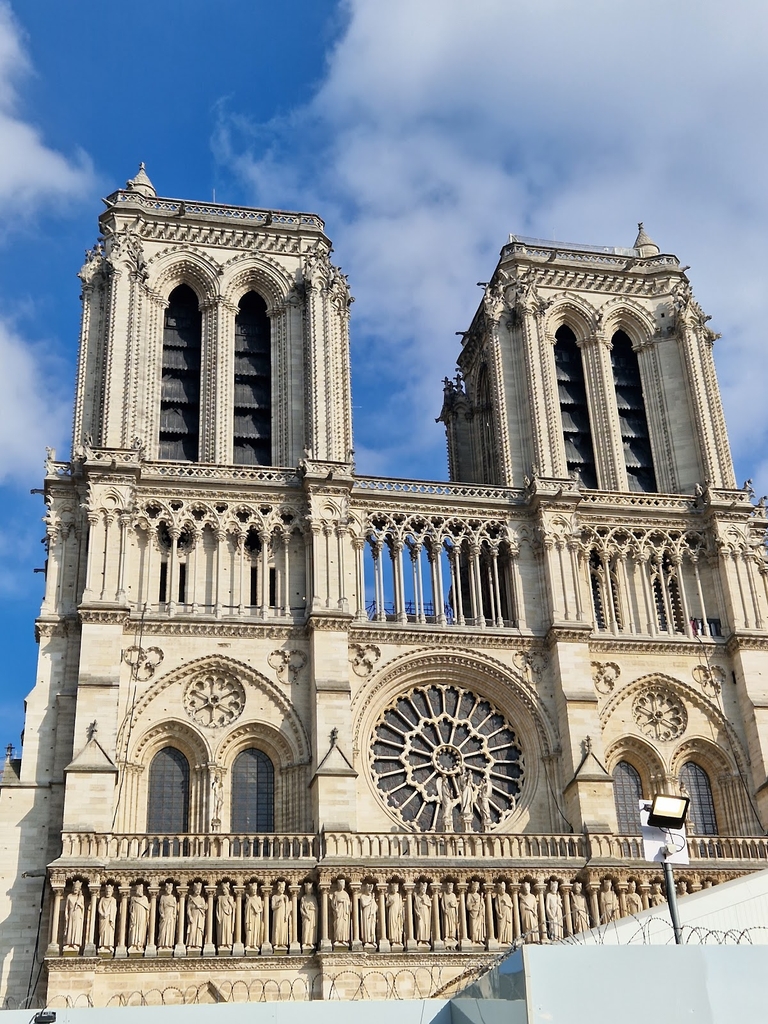
Notre-Dame Cathedral (Source: Google Maps)
Notre-Dame Cathedral, an emblematic structure of Paris, was constructed between the 12th and 14th centuries and is a prime example of French Gothic architecture. Its intricate façade, towering spires, and stunning rose windows showcase the artistry of the era. The cathedral has been a witness to many significant historical events, including the coronation of Napoleon Bonaparte and various national celebrations. Despite the devastating fire in 2019, restoration efforts are underway to preserve its grandeur. Notre-Dame remains a symbol of resilience and faith, drawing millions of visitors and serving as a testament to Paris’s rich cultural heritage.
Shakespeare and Company
Just a short stroll from Notre-Dame, visit Shakespeare and Company, a legendary English-language bookstore that has been a haven for literary enthusiasts for decades.

Shakespeare and Company (Source: Google Maps)
Shakespeare and Company is a historic English-language bookstore located in the heart of Paris. Established in 1919, it has become a sanctuary for literature lovers and a hub for writers, including famous figures such as Ernest Hemingway and James Joyce. The bookstore's charming interior is filled with thousands of books, cozy reading nooks, and a unique atmosphere that invites visitors to linger. It often hosts literary events and readings, fostering a sense of community among book enthusiasts. The store’s commitment to preserving literary culture makes it an essential stop for anyone looking to immerse themselves in Paris's literary history.
Sainte-Chapelle
Head towards the Sainte-Chapelle, renowned for its stunning stained glass windows that depict biblical stories in vibrant colors, offering a glimpse into the royal history of France.
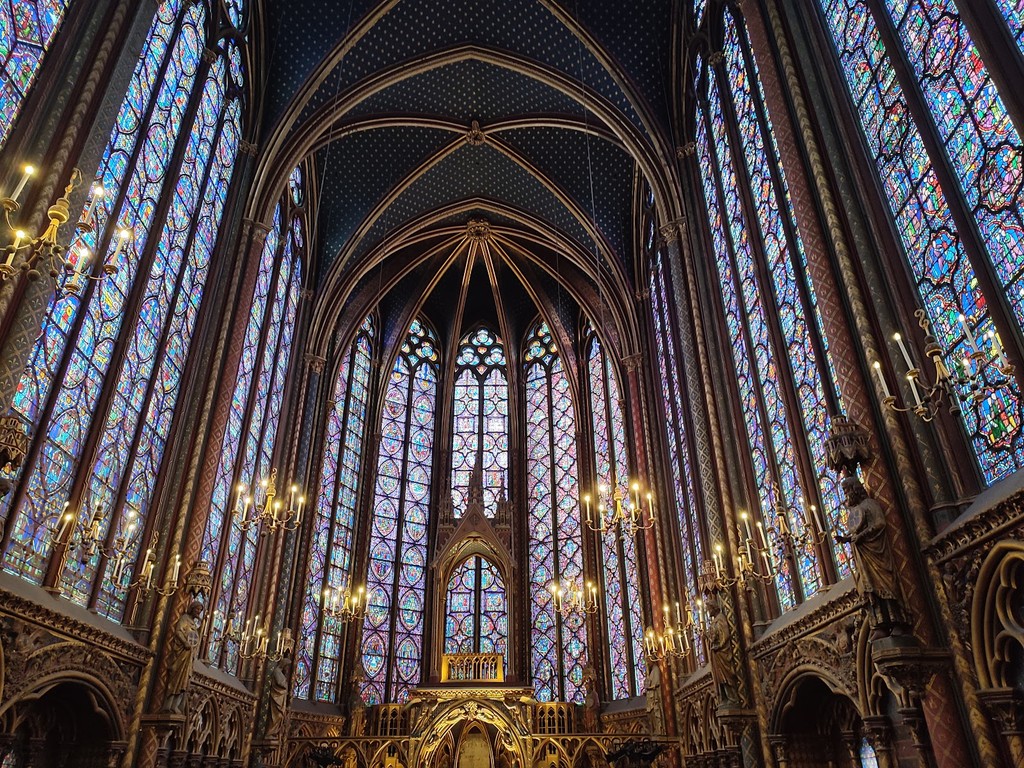
Sainte-Chapelle (Source: Google Maps)
Sainte-Chapelle, built in the 13th century, is renowned for its breathtaking stained glass windows, which depict 1,113 scenes from the Old and New Testaments. Commissioned by King Louis IX to house the relics of the Passion of Christ, the chapel exemplifies the Rayonnant Gothic architectural style. Its soaring ceilings and intricate stonework create a sense of divine beauty, while the vibrant colors of the stained glass illuminate the interior, casting a kaleidoscope of light. Sainte-Chapelle is not only a masterpiece of medieval architecture but also a significant historical site, representing the deep connection between faith and royal power in France.
Café de Flore
Enjoy a quick refreshment at Café de Flore, one of the oldest coffeehouses in Paris, known for its historic association with famous intellectuals and artists.
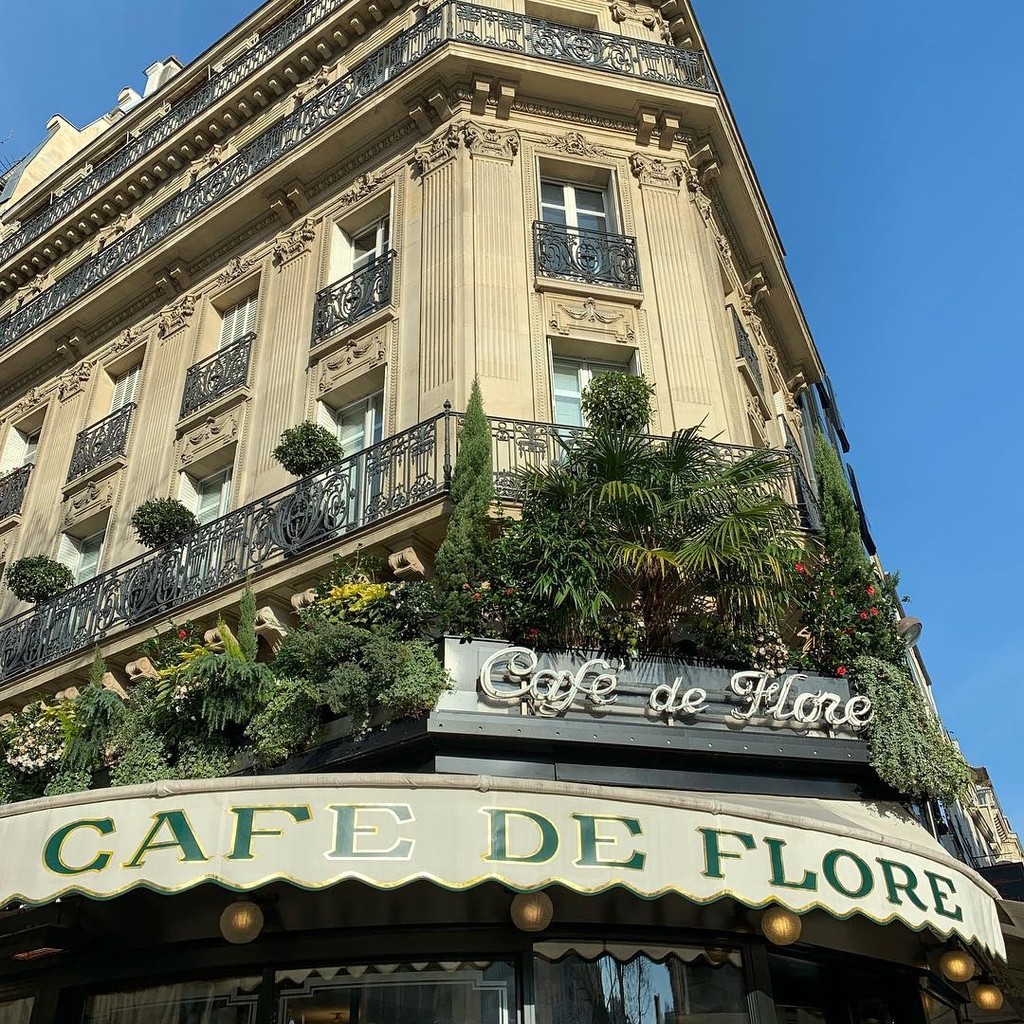
Café de Flore (Source: Google Maps)
Pont des Arts
Walk across the Pont des Arts, a picturesque pedestrian bridge that offers breathtaking views of the Seine River and connects the Institut de France with the Louvre.
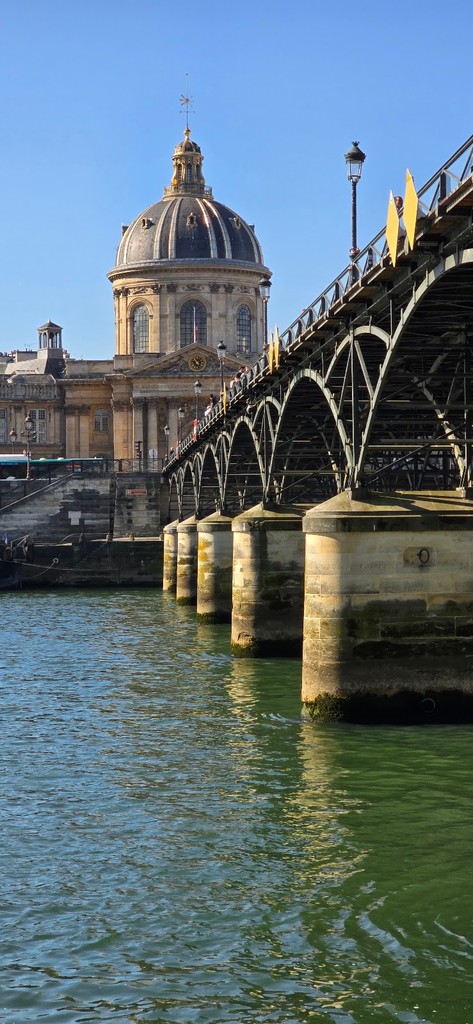
Pont des Arts (Source: Google Maps)
The Pont des Arts, completed in 1804, is a pedestrian bridge that spans the Seine River, connecting the Institut de France and the Louvre Museum. Known for its romantic ambiance and picturesque views, it has become a symbol of love in Paris, with couples attaching padlocks to its railings as a sign of their commitment. The bridge's design features a simple yet elegant structure, consisting of wooden planks and iron railings, which allows for unobstructed views of the river and surrounding landmarks. It has undergone renovations to preserve its integrity while maintaining its charm. The Pont des Arts offers a serene space for reflection amidst the bustling city.
Louvre Pyramid
Conclude your tour at the Louvre Pyramid, the modern glass structure that serves as the entrance to the world's largest art museum, symbolizing the blend of classic and contemporary Paris.
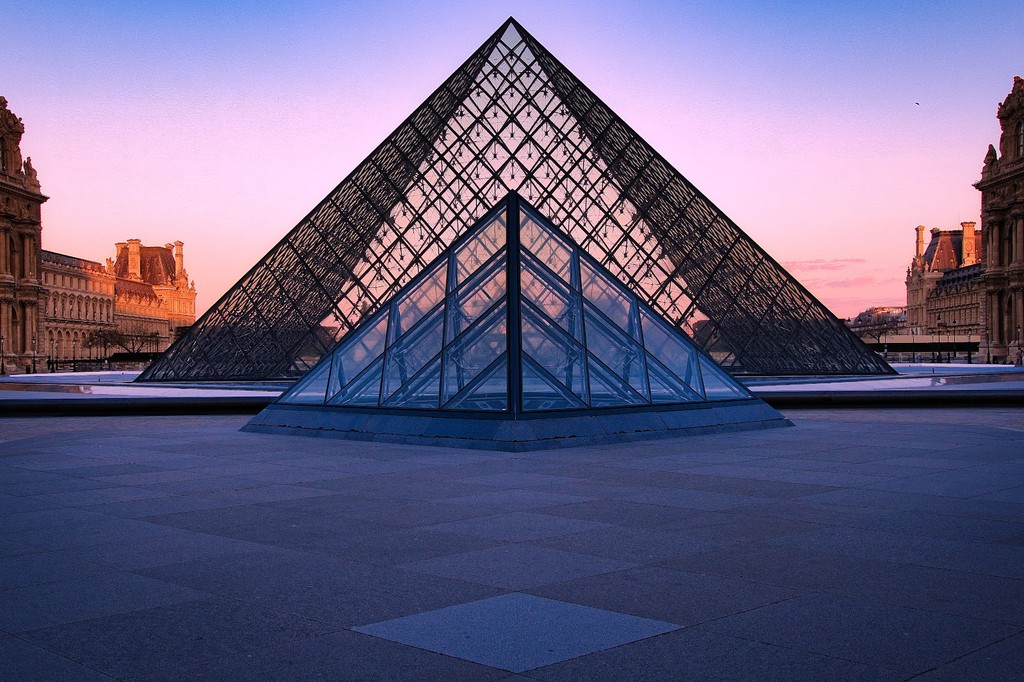
Louvre Pyramid (Source: Google Maps)
The Louvre Pyramid, designed by architect I. M. Pei and inaugurated in 1989, serves as the grand entrance to the Louvre Museum. This modern glass and metal structure contrasts beautifully with the historic architecture of the museum, symbolizing the fusion of old and new. The pyramid is surrounded by a large courtyard, known as the Cour Napoléon, which enhances its majestic presence. The design has been both praised and criticized, but it has undeniably become an iconic feature of Paris. The pyramid allows natural light to flood the underground lobby, creating a welcoming atmosphere for millions of visitors each year, eager to explore the world’s largest art collection.

Your travels, your rules.
Create your own Free Walking Tours.
Set your preferences, distances and anything you want to do or see.
Completely free, no payment required.